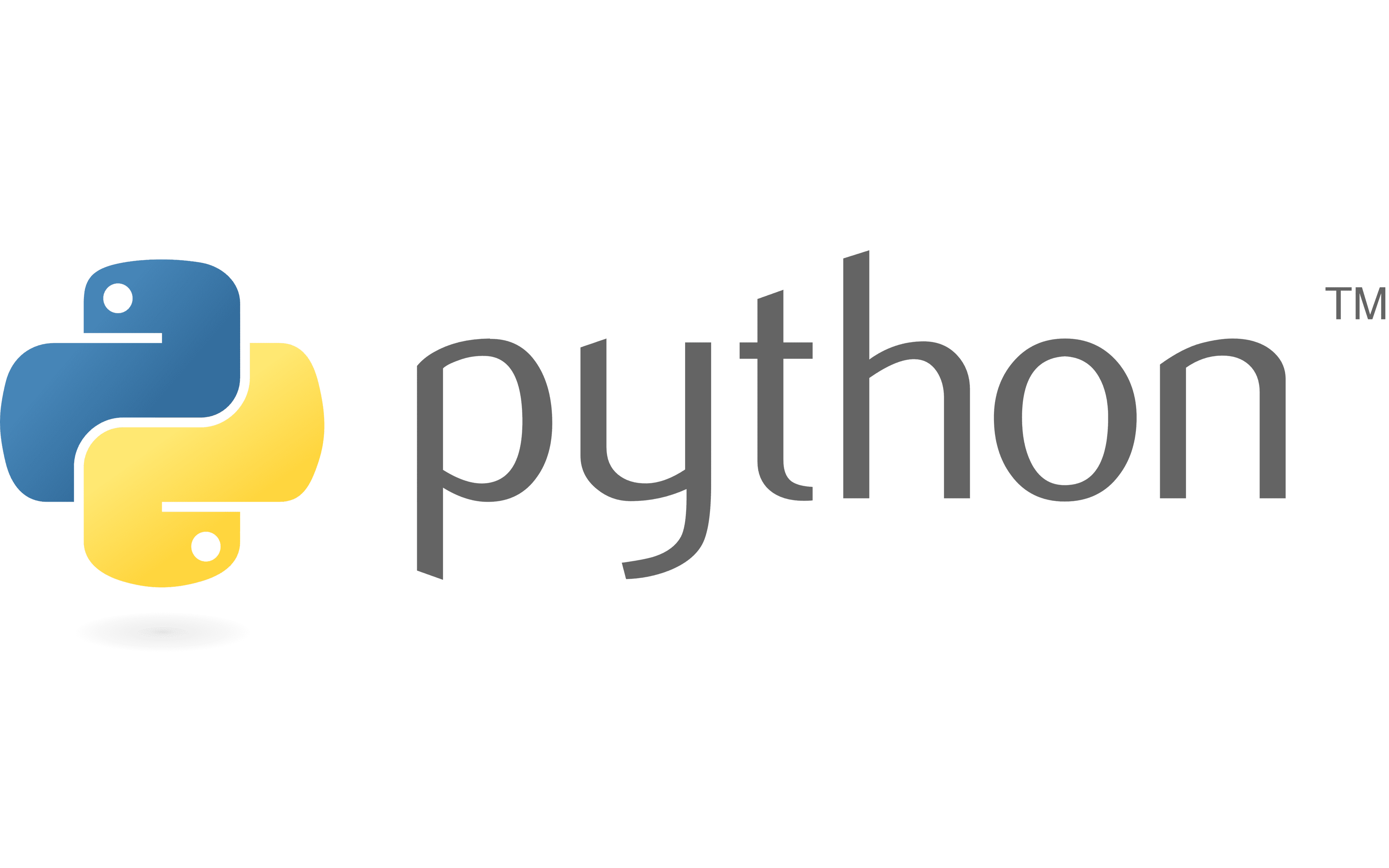All About init in Python
Introduction
The __init__ method is crucial in object-oriented programming in Python. It is a special method automatically called when an object is created from a class. This method allows us to initialize an object’s attributes and perform any necessary setup or initialization tasks. This article will explore the significance of __init__ in Python, its syntax and usage, its role in inheritance, common mistakes to avoid, and best practices for using it effectively.

Table of contents
The Role of __init__ in Object-Oriented Programming
The __init__ method, also known as the constructor, is used in Python classes. It is called automatically when an object is created from a class and allows us to initialize the attributes of the object. The name “__init__” is a convention in Python that stands for “initialize.”
Syntax and Usage of __init__
The syntax for defining the __init__ method is straightforward. It is a special method that takes at least one argument, typically named “self,” which refers to the instance of the class. Here’s an example:
class MyClass:
def __init__(self, arg1, arg2):
self.attribute1 = arg1
self.attribute2 = arg2In the above example, the __init__ method takes two arguments, “arg1” and “arg2.” These arguments are used to initialize the instance variables “attribute1” and “attribute2” respectively. We can access these attributes using the “self” keyword within the class.
Parameters and Arguments in __init__
The parameters of the __init__ method are used to receive arguments when creating an object. When the object is instantiated, these arguments are passed to the __init__ method. Let’s consider an example:
class Person:
def __init__(self, name, age):
self.name = name
self.age = age
person1 = Person("John", 25)
print("Name:", person1.name)
print("Age:", person1.age)
Output
Name: John
Age: 25
In the above example, the __init__ method of the “Person” class takes two parameters, “name” and “age.” When we create an object “person1” from the “Person” class and pass the arguments “John” and 25, these values are assigned to the instance variables “name” and “age” respectively.
Also read: How to define a function in python?
Initializing Instance Variables in __init__
The __init__ method is commonly used to initialize instance variables within a class. Instance variables are unique to each object and hold specific values for that object. Let’s see an example:
class Circle:
def __init__(self, radius):
self.radius = radius
self.area = 3.14 * radius * radius
circle1 = Circle(5)
print(circle1.radius) # Output: 5
print(circle1.area) # Output: 78.5In the above example, the __init__ method of the “Circle” class initializes the instance variable “radius” with the value passed as an argument. Additionally, it calculates the area of the circle using the formula and assigns it to the instance variable “area.” We can access these variables using the dot notation.
You can also explore the Python course: Learn Python for Data Science
Inheritance and __init__ Method
When a class inherits from another class, it can override the __init__ method of the parent class or extend it by calling the parent class’s __init__ method. This allows us to customize the initialization process for the child class while reusing the initialization logic of the parent class. Let’s consider an example:
class Animal:
def __init__(self, name):
self.name = name
class Dog(Animal):
def __init__(self, name, breed):
super().__init__(name)
self.breed = breed
dog1 = Dog("Buddy", "Labrador")
print(dog1.name) # Output: Buddy
print(dog1.breed) # Output: LabradorIn the above example, the __init__ method of the “Dog” class extends the “Animal” class by calling it using the “super()” function. This ensures that the parent class initializes the “name” attribute, and the “breed” attribute is initialized within the child class.
Also read: All Fundamentals of Python Functions that You Should Know – A Quick Brush Up!
Best Practices for Using __init__ in Python
To use the __init__ method effectively, here are some best practices to follow:
- Always include the “self” parameter as the first parameter in the __init__ method definition.
- Initialize all necessary instance variables within the __init__ method.
- Avoid performing complex computations or time-consuming tasks within the __init__ method. Instead, consider creating separate methods for such tasks.
- Keep the __init__ method concise and focused on initialization tasks only.
- Use meaningful and descriptive names for the instance variables to enhance code readability.
- Follow consistent naming conventions for the __init__ and other class methods.
Conclusion
The init method in Python is a fundamental component of object-oriented programming, serving as the constructor that initializes object attributes upon instantiation. Its significance lies in facilitating the setup and configuration of objects, enhancing code readability, and supporting inheritance structures. The article explored practical examples, emphasizing the role of init in initializing unique instance variables and their integration into inheritance scenarios. Understanding its syntax, usage, and best practices allows us to effectively utilize the __init__ method to create well-structured and maintainable code. So, leverage the power of __init__ in your Python projects for seamless object initialization.









